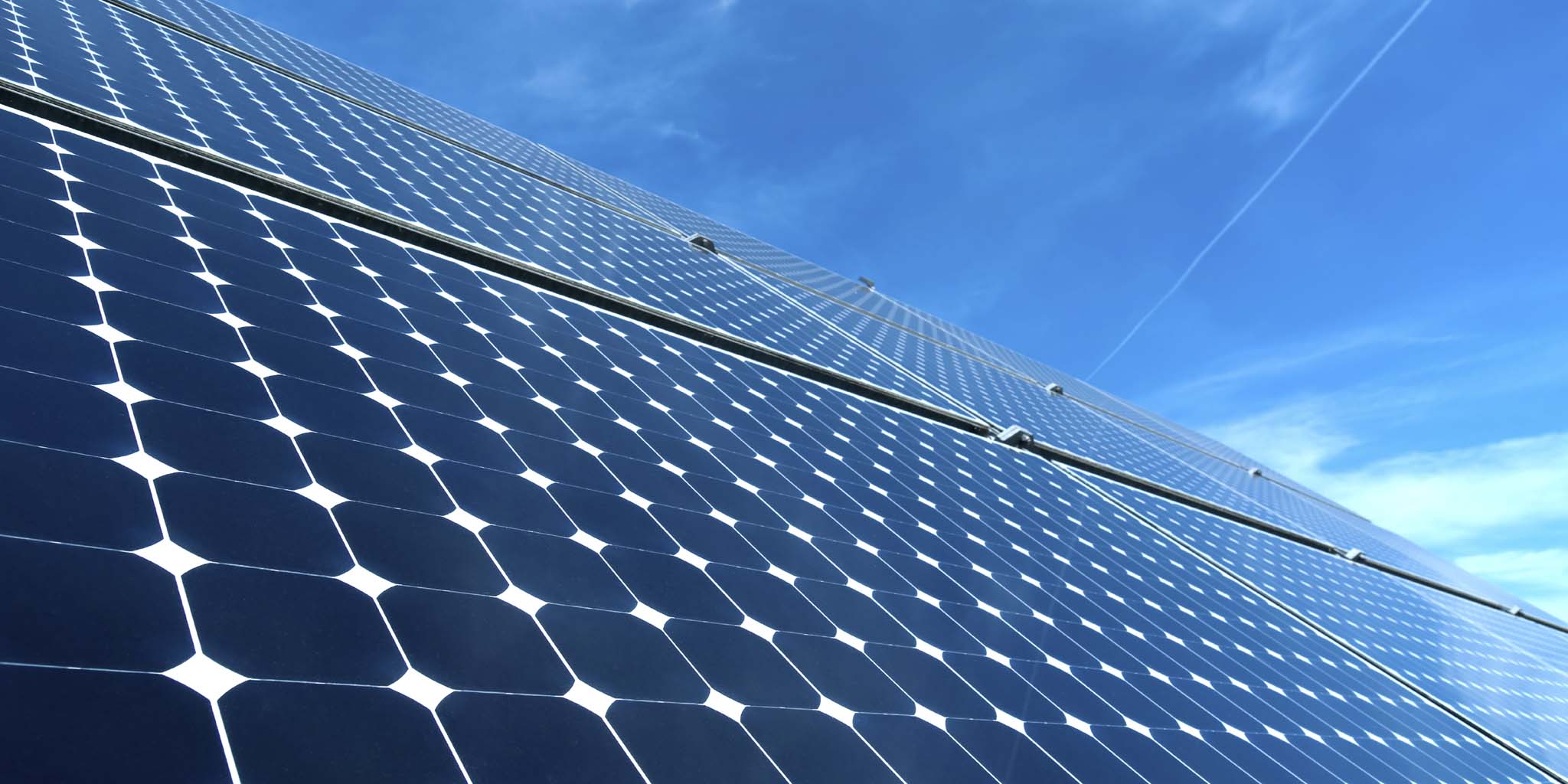

In this case, an average 8 kW residential system will generate 12,000 kWh per year (8 kW x 1,500 kWh/kWp). You can also check the specific photovoltaic power output, which shows the annual productivity in kilowatt-hours (kWh) per kilowatt of peak solar panel capacity (kWp).įor example, if your location shows a specific photovoltaic power output of 1,500 kWh/kWp, this tells you that each solar system kilowatt will generate 1,500 kWh per year. The Global Solar Atlas provides plenty of useful information beyond your optimal solar panel angle. Check the additional information provided The optimal orientation is south in both cases (azimuth angle of 180°), since Florida and New York are in the northern hemisphere. On the other hand, if you click on location in New York, the optimal tilt will range from around 33° to 37°. If you click on locations in Florida, you will notice the optimal tilt ranges from 24° to 28°.

You want to look for the “ optimum tilt angle for PV modules” value. Once you select a location, the Global Solar Atlas will display a table based on the map data. Determine the optimum tilt angle for your panels When you click on your location, the Global Solar Atlas will display tables with detailed information about local solar resources. You can also drag the map around and zoom in on your exact location. Using the Global Solar Atlas world map, find the search bar and input your city name, address or coordinates. Visit the World Bank Global Solar Atlas website to get started. Go to the World Bank Global Solar Atlas website Homeowners should use other, unshaded areas if this happens, even if the resulting panel orientation is not optimal.įinding the best tilt for solar panels in any location is simple, thanks to the World Bank Global Solar Atlas. Roof shading: For some properties, the roof area with the best solar panel placement may be shaded by a taller building or trees.The same applies to west-facing solar panels in buildings with high energy consumption in the afternoon. Since the sun rises in the east, buildings with high energy consumption in the mornings may have better results with east-facing solar panels. Electricity usage: In some cases, it makes sense to tilt solar panels toward the east or west.For example, the optimal angle for a solar panel system in southern Florida is lower than the ideal angle for an equal-sized system in Maine.

To capture sunlight effectively, solar panels must be tilted more. As you move farther north or south, the angle of the sun in the sky is lower. Latitude: The ideal solar panel tilt angle for maximum productivity depends on your latitude.These general orientations will maximize the direct sunlight reaching your panel’s PV cells. Geographic location: Solar energy systems should be tilted true south when used in northern hemisphere countries like the U.S., and true north when used in southern hemisphere countries like Australia.Several factors determine the optimal tilt angle for residential solar power systems: Solar panels of modest efficiency can often generate more electricity at an optimal tilt angle than top-tier solar panels facing the wrong direction. However, inadequate placement will keep your panels from operating at peak performance. Monocrystalline solar panels with a high-efficiency rating achieve the highest electricity output per square foot. Photovoltaic (PV) modules generate more electricity when their orientation and tilt angle maximizes the direct sunlight reaching the panel’s surface.


 0 kommentar(er)
0 kommentar(er)
